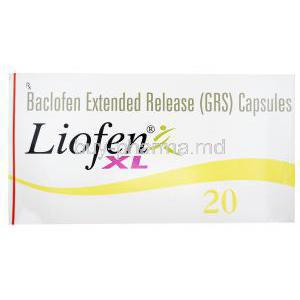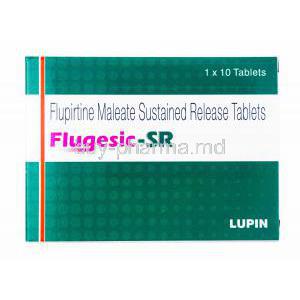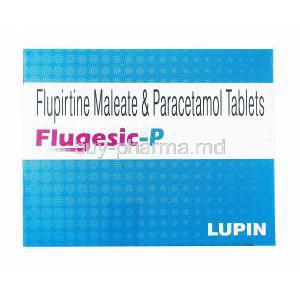Camylofin
Uses
Camylofin is used for the treatment of pain due to smooth muscle spasms.
How it Works
Camylofin is known as a smooth muscle relaxant which has both anticholinergic action as well as direct smooth muscle action. Anticholinergic action of Camylofin is produced by inhibiting the binding of acetylcholine to muscarinic receptors. Camylofin Direct smooth muscle relaxation is achieved by inhibiting phosphodiesterase type IV, which then leads to increased cyclic AMP and eventually reduced cytosolic calcium, this leads to the controlling of the muscle contractions.
Common Side effects
Patients who take Camylofin may suffer from such side effects;
Palpitations,
Arrhythmia,
Increased heart rate,
Excessive thirst,
Dry skin,
Loss of accommodation,
Slow heart rate,
Flushing,
Dilatation of pupil,
Difficulty in urination,
Reduced bronchial secretions,
Dry mouth, Photophobia,
Constipation
Mefenamic Acid
Uses
Mefenamic Acid is used for the treatment of fever, arthralgia, myalgia, osteoarthritis, rheumatoid arthritis, post operative pain and pain during menstruation.
How it Works
Mefenamic acid is a nonsteroidal anti-inflammatory drug (NSAID). Mefenamic acid works by reducing hormones that cause inflammation and pain in the body. Mefenamic acid works by blocking the effect of natural chemicals called cyclo-oxygenase (COX) enzymes. These enzymes help to make other chemicals in the body, called prostaglandins. Some prostaglandins are produced at sites of injury or damage, and cause pain and inflammation. Mefenamic acid works by blocking the effect of COX enzymes, fewer prostaglandins are produced, which causes pain and inflammation to be eased.
Common Side effects
Some of the potential side effects of Mefenamic Acid can include the symptoms below;
Bloody urine,
Increased thirst,
Indigestion,
Itching skin,
Loss of appetite,
Bloody, black, or tarry stools,
Decreased frequency or amount of urine,
Heartburn,
Increased bleeding,
Increased blood pressure,
Lower back or side pain,
Nausea,
Pale skin.







